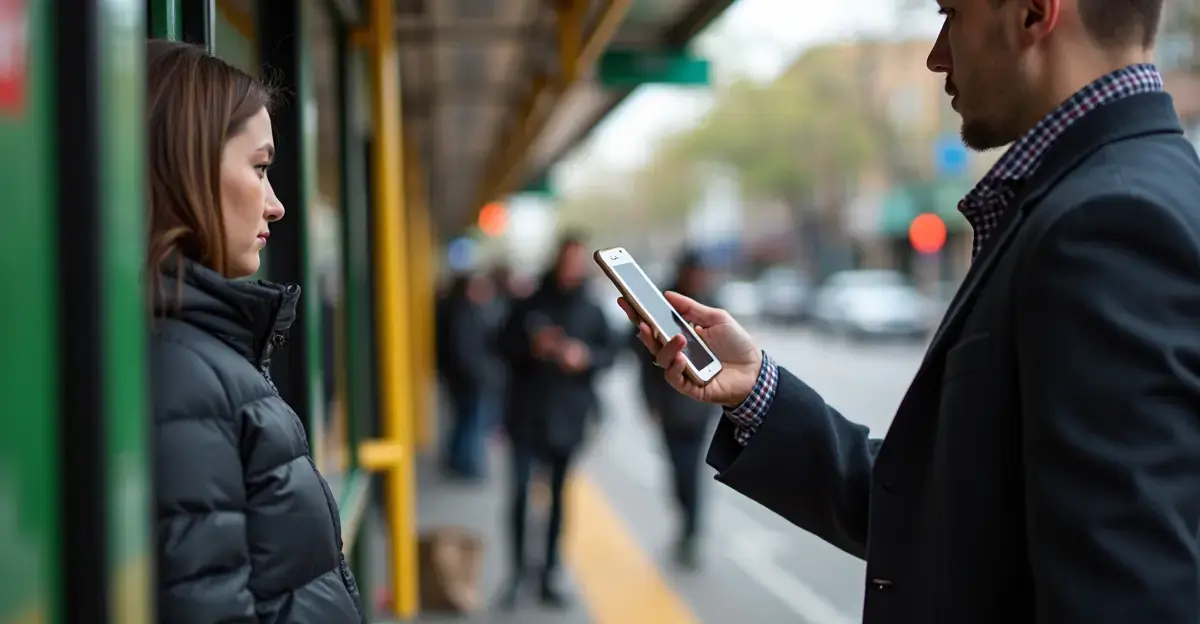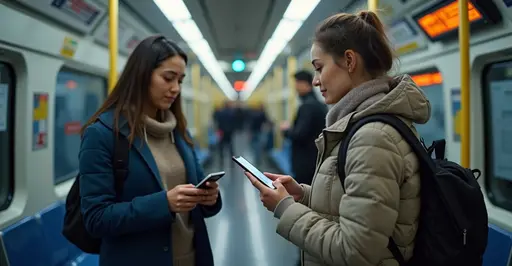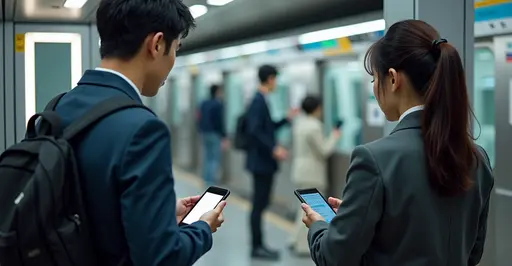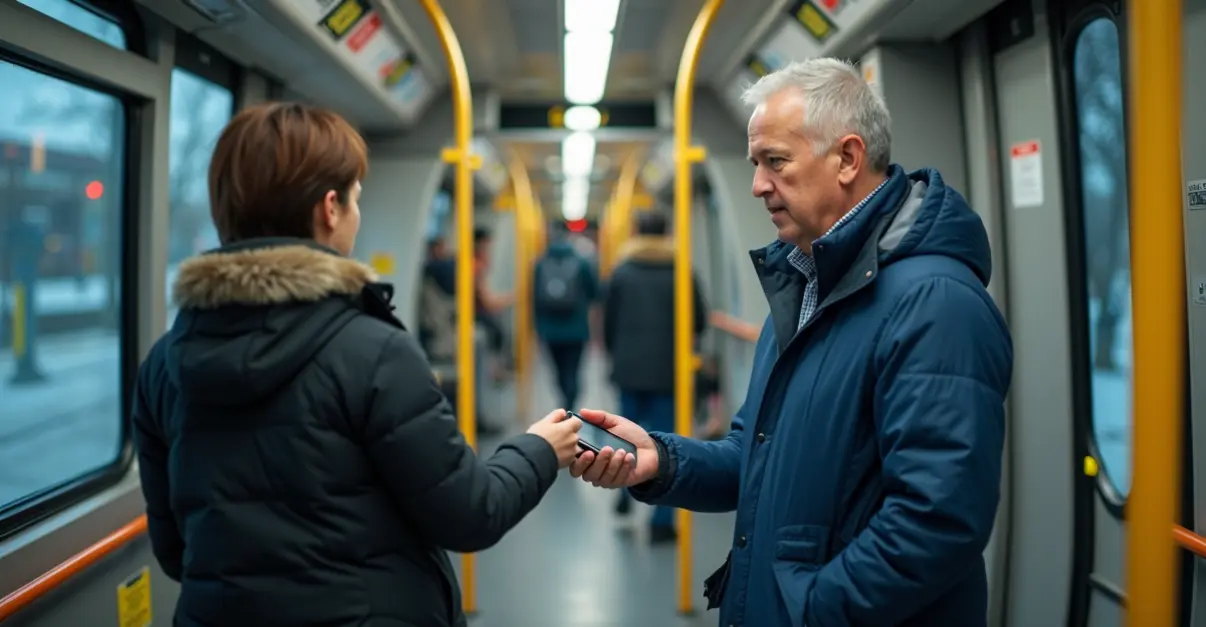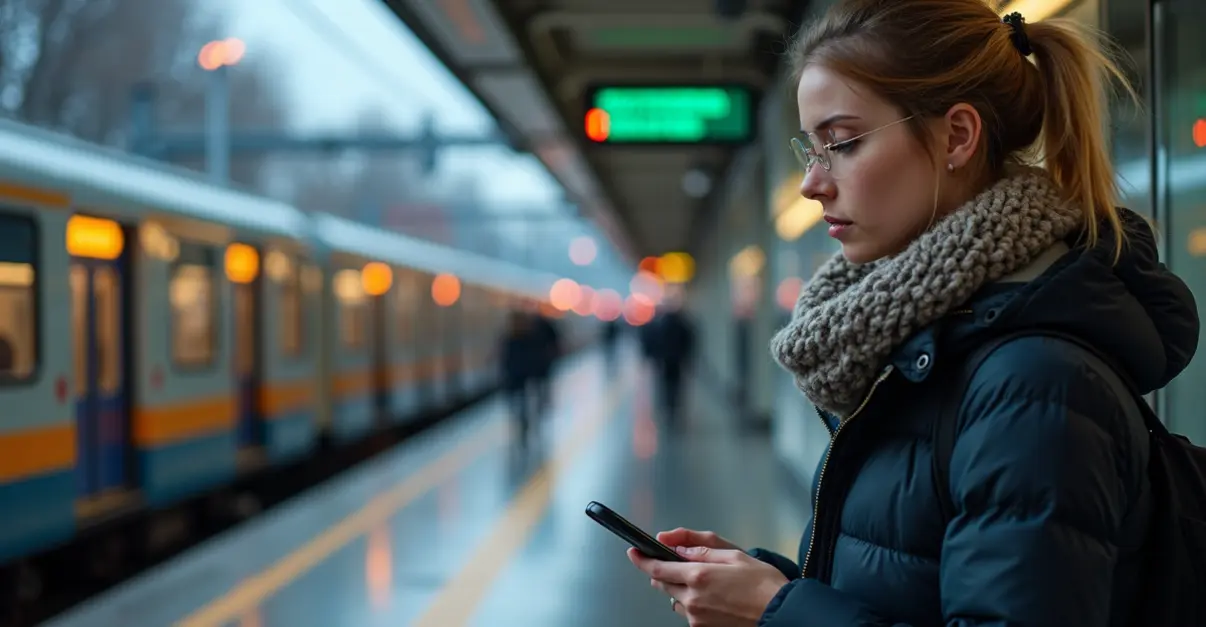Cities worldwide are implementing unified contactless payment systems for mass transit, featuring dynamic pricing and enhanced accessibility. These systems reduce boarding times by 30%, increase ridership, and improve operational efficiency while making public transport more inclusive.
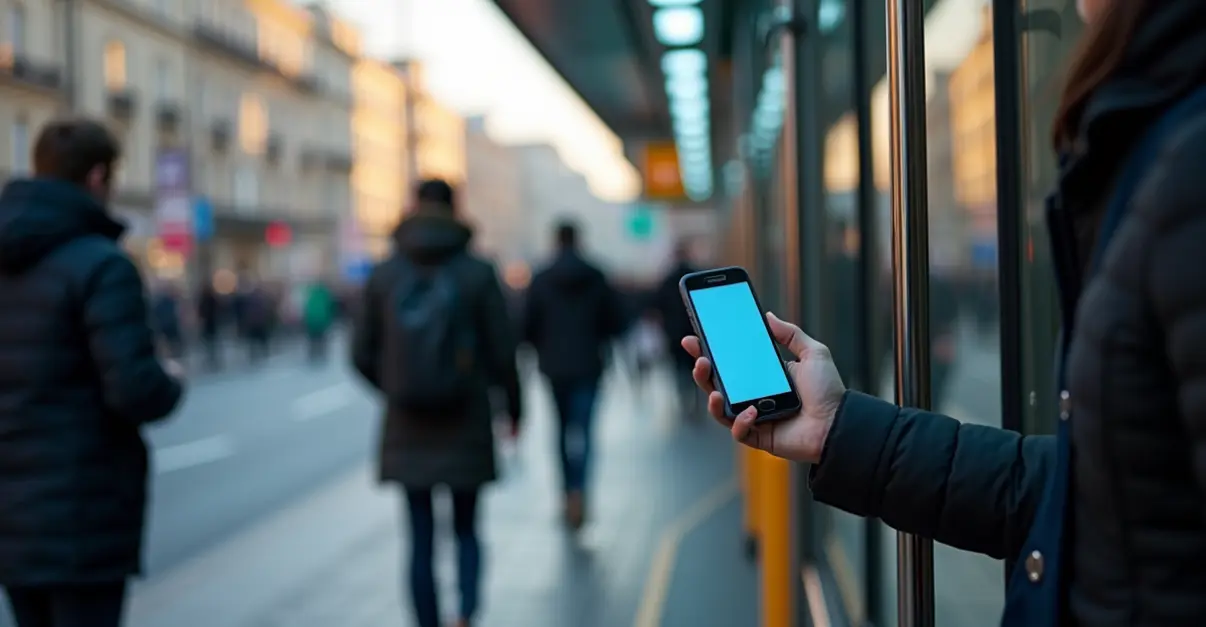
The Contactless Revolution Transforming Public Transport
Across global cities, a quiet revolution is underway as mass transit systems embrace unified payment platforms that promise to transform how millions commute daily. From London's Oyster card evolution to Singapore's comprehensive contactless network, cities are deploying integrated fare systems that combine dynamic pricing, accessibility features, and seamless payment experiences.
Global Implementation Success Stories
London's Transport for London (TfL) has been a pioneer in this space, with their contactless payment system processing over 1.2 billion journeys annually. 'The shift to contactless has fundamentally changed how people interact with public transport,' says Sarah Jenkins, TfL's Head of Customer Payments. 'We've seen boarding times reduced by 30% and customer satisfaction increase significantly since implementation.'
Singapore's Land Transport Authority has taken integration even further, creating a system where commuters can use the same payment method across buses, trains, and even taxis. The system's dynamic pricing adjusts fares based on demand and time of day, encouraging off-peak travel and reducing congestion.
Accessibility and Equity Features
Modern fare integration systems are designed with accessibility at their core. Features include:
- Reduced fares for seniors, students, and low-income commuters
- Voice-assisted payment terminals for visually impaired users
- Multi-language support for international visitors
- Seamless transfers between different transport modes
'Accessibility isn't just about physical infrastructure anymore,' notes Dr. Michael Chen, urban mobility researcher at MIT. 'Digital accessibility through intuitive payment systems is equally crucial for creating truly inclusive cities.'
Dynamic Pricing and Sustainability
The implementation of dynamic pricing models represents one of the most innovative aspects of modern fare systems. By adjusting prices based on demand, time, and environmental factors, cities can better manage capacity while promoting sustainable travel behaviors.
New York's MTA has recently introduced time-based pricing that offers discounts for travel during off-peak hours. 'Our dynamic pricing initiative has already shifted 15% of peak-hour commuters to alternative times,' reports MTA spokesperson Jennifer Rodriguez. 'This not only reduces crowding but also makes the system more efficient overall.'
Technical Infrastructure and Security
The backbone of these systems relies on advanced Near Field Communication (NFC) technology and robust cybersecurity measures. The National Common Mobility Card in India demonstrates how open-loop systems can work across multiple transport providers while maintaining security standards.
According to industry analysis, contactless systems have reduced cash-related security incidents by 25% while improving fare collection accuracy by over 40%.
Future Developments and Challenges
Looking ahead, cities are exploring biometric payments, AI-driven route optimization, and integration with micro-mobility services like e-scooters and bike-sharing. However, challenges remain in ensuring data privacy, managing cybersecurity risks, and maintaining affordability for all users.
'The future of urban mobility lies in creating seamless, integrated systems that prioritize both efficiency and equity,' concludes transportation expert Maria Gonzalez. 'As we move toward 2025, we're seeing these systems become the standard rather than the exception in smart city planning.'

 Nederlands
Nederlands
 English
English
 Deutsch
Deutsch
 Français
Français
 Español
Español
 Português
Português




